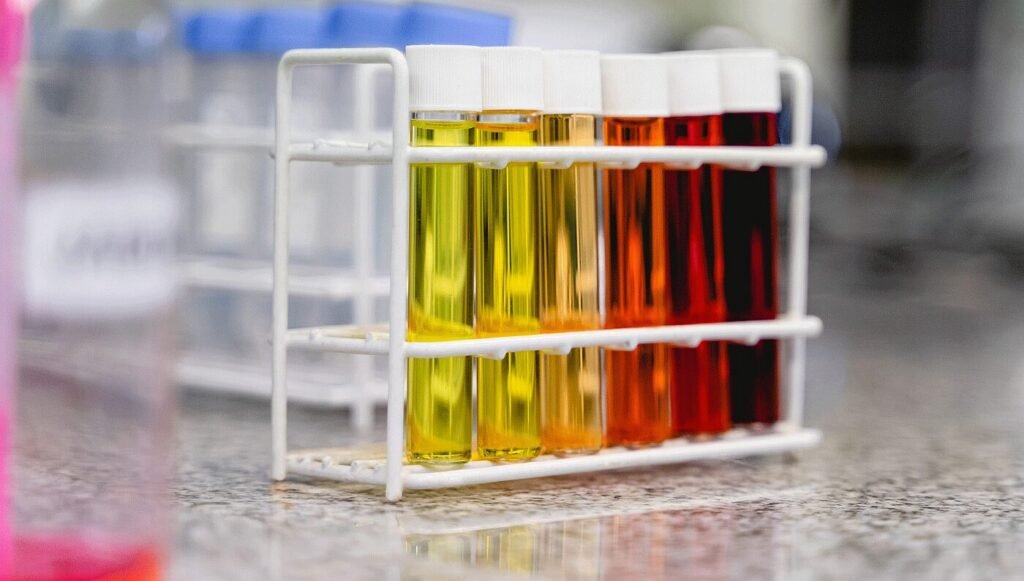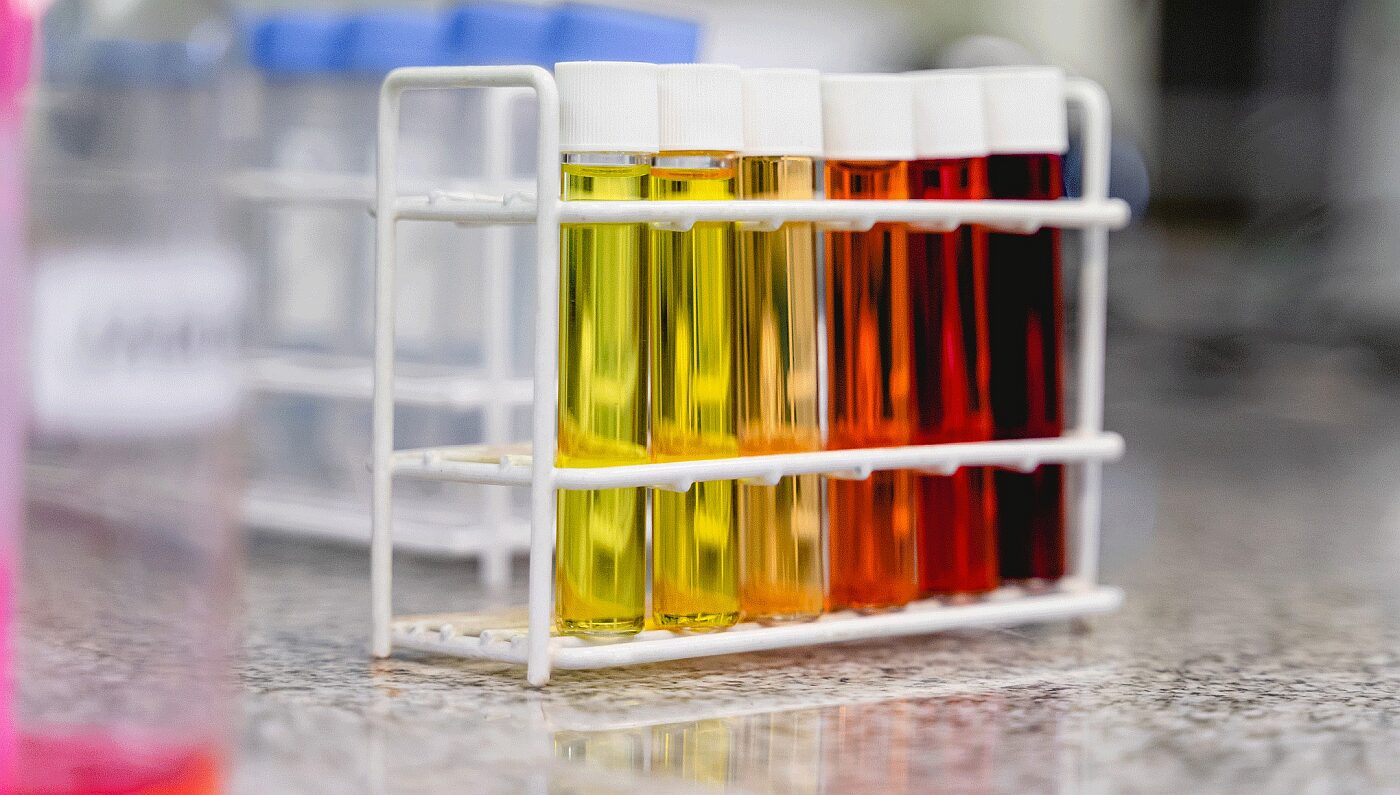
Michroma—a startup producing heat- and pH-stable natural colors in fermentation tanks—has struck a strategic partnership with South Korean food and biomanufacturing giant CJ CheilJedang (CJCJ) to advance commercial manufacturing of its pigments.
This collaboration will harness CJCJ’s biomanufacturing capabilities in multiple countries to ensure consistent supplies as demand for alternatives to synthetic dyes continues to grow.
The partnership also provides access to CJCJ’s expertise in raw material procurement, advanced production processes, and regulatory compliance, said Michroma CEO Ricky Cassini, who noted that CJ is also an investor in Michroma.
“This will enable us to have both scale and a diversified supply chain, which is what big CPG companies are looking for.
“Right now the agreement is focused on CJCJ being a CDMO for commercial scale production,” he told AgFunderNews. “But they have a lot of capabilities that could potentially be useful for us on product development and optimization plus synthetic biology capabilities. So that’s something that we will discuss eventually.
“They also have other business units like CJ Foods, which could be a user of our ingredients in the future. So there are several ways of collaborating that we will definitely explore.”

Heat- and pH-stable vibrant red colors
Plant-based colorants such as beets and carrots still dominate conversations about natural alternatives to synthetic food dyes, which have stepped up a gear since the FDA unveiled plans to phase out petroleum-based synthetic dyes from the US food supply by the end of next year.
However, natural pigments produced by microbes in fermentation tanks can outperform some botanicals on taste, consistency, and stability, claim startups in the field.
Lycored and others have been using the fungus Blakeslea trispora to make beta-carotene (an orange pigment and bioactive) for years, while DDW (now part of Givaudan) uses the microalgae Galdieria sulphuraria to produce blue colors.
However, several new startups including FUL Foods, Chromologics, Michroma and Phytolon have emerged in recent years arguing that food colors made via fermentation can deliver superior performance and provide a consistent supply of product that can be produced closer to end markets.
Michroma, which has operations in Argentina and the US, works with filamentous fungi that naturally produce heat- and pH-stable red pigments, but uses the gene editing tool CRISPR to enhance yield and performance. It is also working on fungal strains to produce a wider range of colors, including alternatives to titanium dioxide.
“The reality is that many food producers currently don’t have suitable alternatives for synthetic dyes Red 3 and Red 40,” claimed Ricky Cassini.
“The main options each come with significant drawbacks. Carmine provides comparable shade and stability, but, being extracted from the cochineal bug, it’s not suitable for vegetarian, vegan, kosher, or halal diets. Meanwhile, vegetable-derived colorants like beetroot extract lack the necessary stability and taste neutrality for many applications, especially in baked goods, dairy, and meat products.”
Moreover, even where plant-based dyes can meet performance expectations, “supply isn’t sufficient to address increased demand,” claimed Cassini. “Demand for natural dyes is growing all over the world, and in order to produce 10, 50, or 90 times more, we will require a lot of land, water, pesticides, and resources in general. It’s not sustainable [to meet this demand purely with plant-based options].
“And that’s where precision fermentation becomes a very interesting solution, because not only can it solve performance issues but it can solve a huge supply chain issue.”
Multiple signed letters of intent from food companies
According to Cassini, Michroma’s Red+ colorant can deliver “remarkable stability across pH ranges and temperature conditions that surpass both synthetic dyes and existing natural alternatives. Unlike plant-based colorants that often struggle with stability during processing, our fungi-derived pigments maintain vibrancy through pasteurization, baking, and extrusion.”
Red+ delivers “exponentially more coloring capacity than beetroot powder, requiring significantly less product to achieve the same visual impact,” he added.
Michroma has multiple signed letters of intent from food companies and has completed multiple paid pilot projects, said Cassini, who is gearing up to file a color additive petition in the US.
As for pricing, he said, “We will start by being competitive with natural options, but our medium to long term objective is to be the cheapest natural solution in the market.”
Labeling TBD
Labeling is to be determined in discussion with the FDA and other regulators, he said, but regardless of the finalized wording, customers will be able to make ‘no synthetic dyes’ or ‘no artificial colors’ claims, he said.
Beyond that, they are laser focused on price and performance, he added. “Sustainability is important for them but they are most concerned with price and the stability of the color, the shades they generate in the final products, and if there is any flavor or odor.”
Further reading:
FUL Foods sees surge in demand for stable natural blue colors as MAHA accelerates clean label trend
Fermentation will power next wave of natural colors say startups as FDA targets synthetic food dyes
Phytolon attracts funding from Rich Products Ventures for natural colors via precision fermentation
The post Michroma and CJ CheilJedang partner to scale commercial production of natural colors via fermentation appeared first on AgFunderNews.



